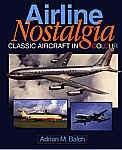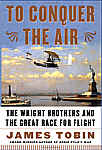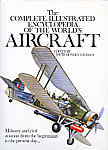
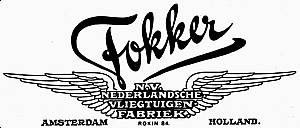

FXVIII Snip
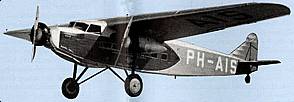
Two famous examples of this plane are Pelikaan and Snip, used for the the first trans atlantic mail flight. Oehoe was shipped in to Curaçao later, but was not very popular as the local owl palabrua is supposed to sport evil occult powers. When it was damaged, after its return from Holland it had not only been repaired, but also renamed Oriol.
Flight Description
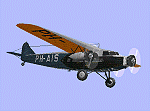
MS Flight Simulator model
| Wingspan in m |
Length in m |
Passengers |
Engine HP |
Engine power | Propellors | First flight |
| 24.50 |
18.50 |
13 |
Pratt & Whitney Wasp Cyclone |
3 x 425 HP |
2 blade metal Hamilton Standard |
30 June 1932 |
Aircraft Built
| Registration | Serial Number | Name | Delivered |
| PH-AIO/PJ-AIO | 5308 | Oehoe/Oriol | 02 July 1932 |
| PH-AIP | 5309 | Pelikaan | 06 July 1932 |
| PH-AIQ | 5310 | Kwartel | 27 August 1932 |
| PH-AIR | 5311 | Rijstvogel | 10 September 1932 |
| PH-AIS/PJ-AIS | 5312 | Snip | 27 September 1932 |
The Snip in the Curaçaosch Museum
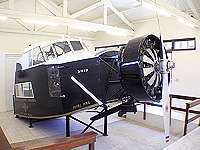
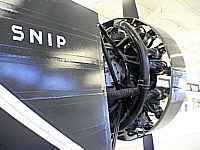
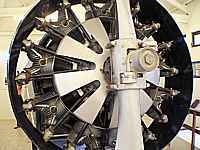
such craftsmanship

and other famous aircraft
This story is still another, as if we needed any, example of military incompetence on both sides. The danger of U-boats attacking Curaçao and Aruba, very important oil suppliers for the Allieds, was well known. Over half of the fuel needed by England, and all the aircraft fuel, was processed in the Curaçao Isla oil refinery owned by the Royal Dutch/Shell group. When the attack came in 1942, Curaçao did not suffer much damage as weather conditions were bad for U-boat actions. But 3 U-Boote of the IX type went into action near Aruba; they got three small tankers of the Maracaïbo "lake" type on their way to the Lago refinery. However, when the U-156 started to shoot at the refinery's holding tanks, the gun crew forgot to remove the watertight plug from the barrel and the 105mm gun exploded, leaving the refinery unharmed.The Fokkers, in comparison with the DC2 and Lockheed Electra, look very old-fashioned to us, just like the automobiles of that period. However, the F-XVIIIs were still flying in 1948, when PanAm flew to Curaçao with Boeing Stratocruisers and KLM from Amsterdam with Lockheed Constellations; and elsewhere well into the 1950s. KLM never succeeded in Plesman's intention of building Curaçao up to a hub for Europe and the American continents, by way of their West-Indisch Bedrijf, evolving in the now bankrupt Dutch Caribbean Airlines.
As telephone and other communications between Aruba and Curaçao were shut down after 23:00 hours, the news only came through next morning. The seats and door were taken out of the Snip, and bombs loaded; a simple wooden beam in the doorway prevented the loaded bombs from rolling out. The Douglas B-20s only took off long after the Snip; they were not meant for submarine tracking, did not have radar and their crews had not been trained for submarine fighting. Really, now...The story about the U-boat crew forgetting to remove the canon's watertight plug comes from the Allied side. By a coincidence, the same story is related by commander Werner Hartenstein, captain of the U-165, in Léonce Beillard's The Laconia AffairIn another Dutch West Indian colony, Suriname (Dutch Guyana), bauxite ore for aluminum production was important. So, naturally, there the U.S. sent anti-submarine planes to protect the far-inland bauxite mines. The crews were so bored they started shooting at each other. Another great story from Ernest K. Gann's Fate is the Hunter.
. According to this German version of the story, the breech of the 105mm canon exploded at the first shot; the other canon, 37mm, worked just fine. The gun was repaired
on the spot, but it was never established why that first shell exploded in the breech.
Info from The Antillean Navigator, winter 2002
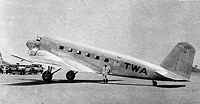
DC-1 transport X223, 1 July 1933
In the same year 1934 KLM ordered the first Douglas DC2
which was the beginning of the end for Fokker.
That is to say, Fokker was the dealer for Douglas and earned money on the deal. However, the all-metal airplane was definitely taking over and you can't change over an entire factory to build aluminum instead of wooden airplanes just like that.
When KLM wanted to compete in the London-Melbourne race, Fokker was all against it. He was afraid they would make a mess out of it and he'd be stuck with the 10 DC2s he'd ordered from Douglas. KLM did win the race, but later crashed the same Uiver, after the crew had been at work for over 30 hours.
KLM may keep bragging about their great safety record, and the Dutch may go on believing this, but watch them. Read here how they lost their most famous captain, Parmentier, in a Constellation crash at Prestwick in 1948.
One can see Fokker's point; especially since he wanted to compete with his F-XX Zilvermeeuw for the same race (but had to retract the aircraft because of engine trouble, according to one of the many contradictory stories.)
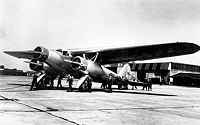
The F-XX was the last wooden Fokker, and the first with a retractable landing gear. Only one has been built, which ended its life working for the republicans in the Spanish civil war. Fokker designed one more wooden plane, the F-36
Flying Hotel, of which only one prototype was built. It was numbered, out of sequence, 36 because it carried 32 passengers plus 4 crew. In 1939 Fokker designed the all-metal high-wing F-24, which was never built either, but some twenty years later formed the base for the F-27 "Friendship". It has an eerie resemblance to the Douglas DC-5 - or is it the other way round?
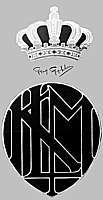
the story on the clash of these giants

Contemporary plane: Junkers 52-3M
Die eiserne Tante
"The [corrugated] iron Aunt". Heavy, man.
The star of Ernest K. Gann's Band of Brothers
The DC2 may look exactly like the DC3 to most of us, but it's really much smaller. It has only rows of 2 seats with a center aisle; the DC3 has 4 seats per row. The DC3 was much easier to fly, but could carry much less ice according to Ernest K. Gann in Fate Is the Hunter. (He thinks the DC4 is the best aircraft Douglas ever built, and later based the DC-6 and DC-7 on. Of course, at the time he wrote that the DC-10 was not around.) For all we know, the FXVIII may have offered a better ride in a less-cramped interior than the DC2. On the other hand, the Fokker was notorious for strong cabin draughts.
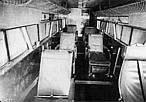
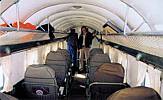

Fokker FXVIII - Douglas DC-2 - Douglas DC-3
In his book The Gemini Contenders Robert Ludlum describes a trip in "a Fokker Tri-Motor", which could mean anything from the F-VIIb to the F-XVIII, but can never be larger than the F-IX (which was never used, anyway). What makes this hilarious to me is that, first, Ludlum describes how two passengers occupy an aisle and a window seat (which is the same thing), and then how three Germans rape a woman in the aisle. They must have been hard up (pun intended). I have put Luldum [not a typo] on my authors' blacklist.
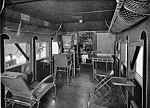 | Spartanly luxurious interior of the FXVIII those seats look good but that engine looks noisy | 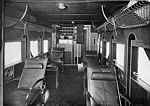 |
If you wonder what the name Fokker stands for, uh, you're quite right... the dirty mind is not yours.
Anthony Fokker himself once said
There's nothing like having a good name.
Dutch names
and how they got to be that way.

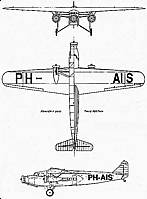
model drawings available from Modelbouwers
SEARCH this site or the Web

copyright notice
all material on this site, except where noted
copyright © by , curaçao
reproduction in any form for any purpose is prohibited
without prior consent in writing
